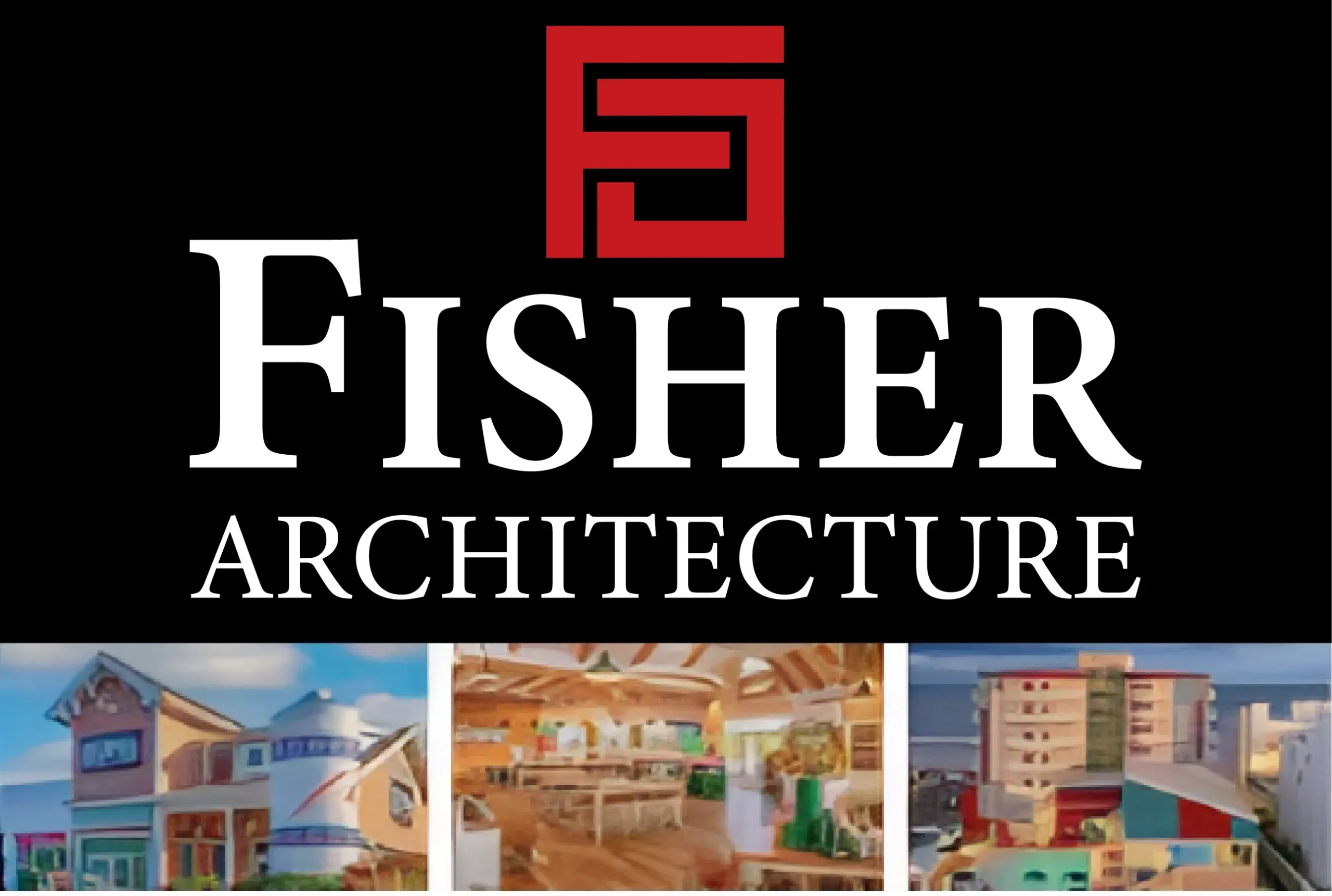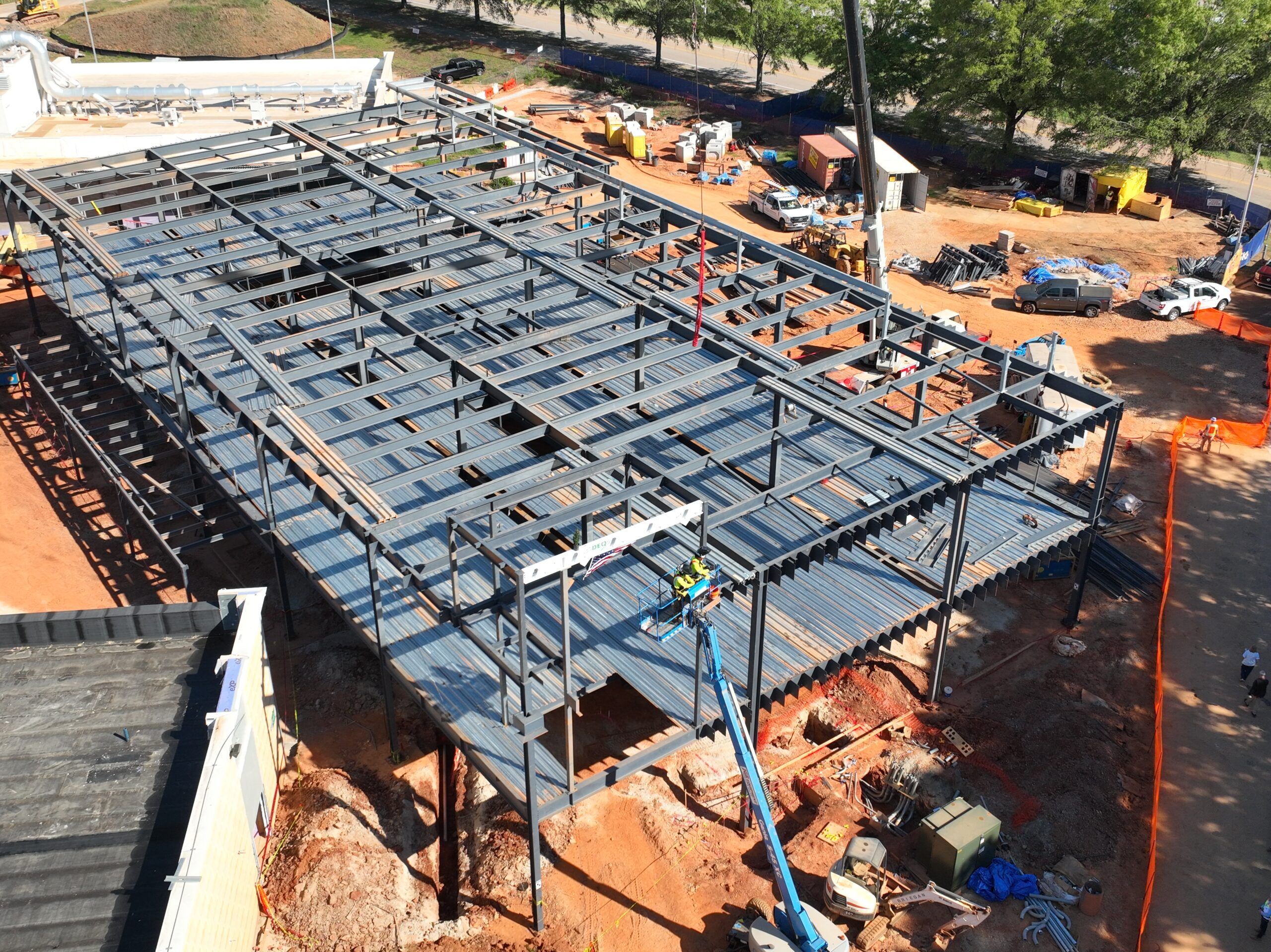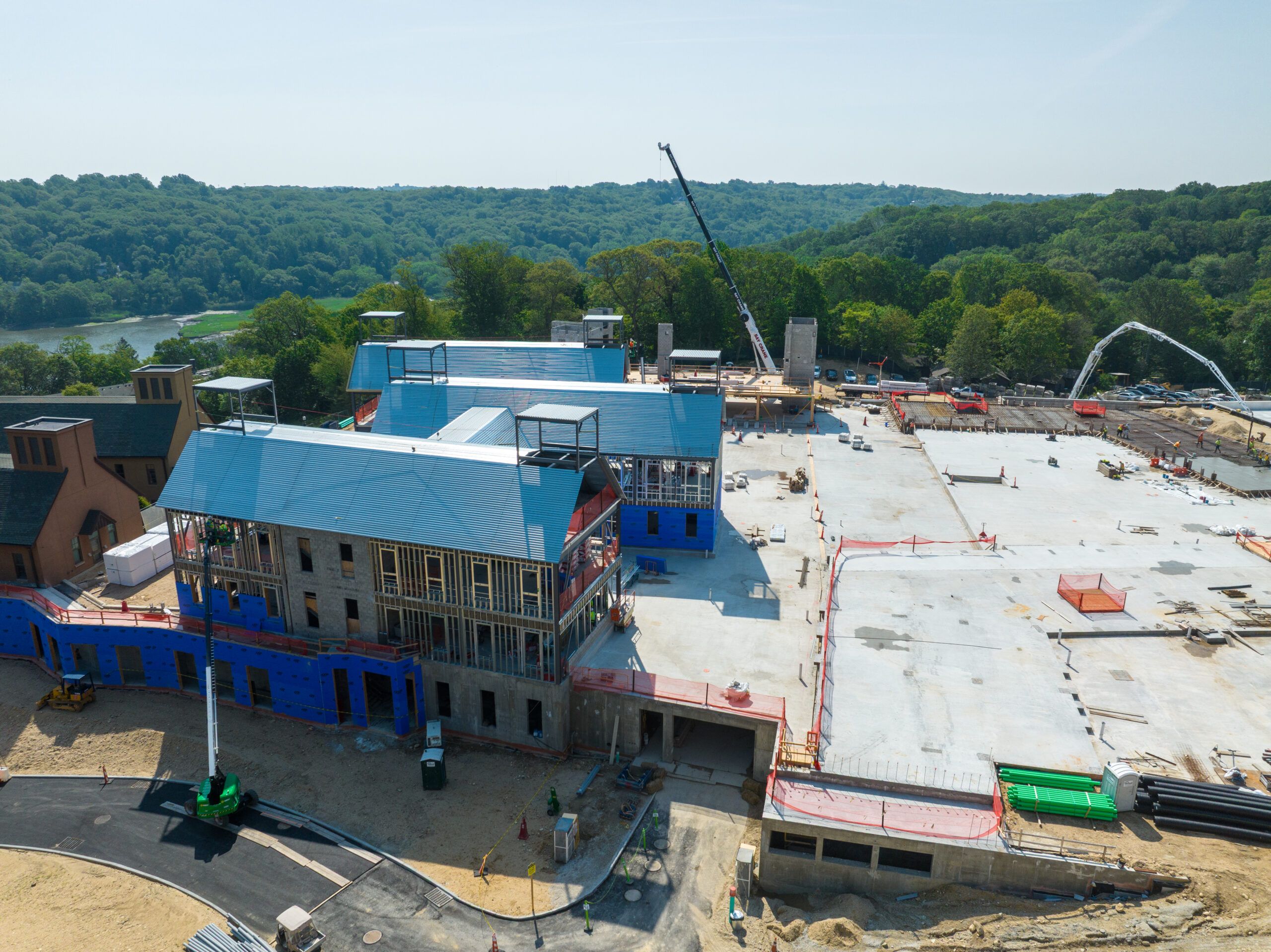Modern sports facilities are marvels of engineering and design, combining cutting-edge technology, sustainability practices, and user-centric innovations. Over the decades, the construction of these spaces has shifted dramatically, moving from simple fields and arenas to multifunctional, adaptable structures that cater to a variety of sports and community needs.
This transformation underscores how critical sports are to society, blending performance, aesthetics, and inclusivity.
The Historical Roots of Sports Facility Construction
Sports facilities have long been central to human culture, with historical examples like the Roman Colosseum and ancient Greek amphitheaters showcasing early engineering excellence. These structures, primarily built of stone and wood, served as venues for competitive events, public gatherings, and ceremonial activities.
Despite their limited capabilities compared to today’s facilities, they were marvels of their time, reflecting the cultural values and architectural capabilities of their respective eras.
Customization and Personalization in Sports Facilities
Customization has become a defining feature of modern sports facilities, with clients seeking specialized solutions tailored to their specific needs. From professional sports teams to local communities, facility designs are being adapted to accommodate diverse uses and user preferences. One notable example is custom basketball court installation, a service that combines precision engineering with aesthetic and functional requirements.
These courts are designed to meet professional standards while reflecting the personality and branding of the client, ensuring they serve as both a performance space and a visual centerpiece.
This trend extends to multi-sport facilities that feature interchangeable surfaces and modular components. Advanced engineering allows for swift transitions between basketball, volleyball, and other court sports, maximizing the usability of the space. Additionally, personalized branding elements, such as team logos and customized flooring designs, further enhance the user experience and foster community identity.
The Role of Technology in Shaping Modern Sports Venues
Technology has played an integral role in transforming sports facilities into sophisticated hubs of innovation. From advanced data analytics to cutting-edge audiovisual systems, technology has redefined how athletes perform, spectators engage, and facilities operate.
One of the most significant advancements is the integration of smart systems. These systems utilize sensors and IoT (Internet of Things) devices to monitor facility conditions, track energy usage, and optimize maintenance schedules. For instance, smart lighting systems adjust based on natural light availability, while climate control systems maintain ideal indoor conditions, enhancing athlete performance and spectator comfort.
Moreover, high-definition video boards, augmented reality (AR) features, and interactive fan experiences are becoming standard in major sports facilities. These technologies provide fans with real-time statistics, immersive replays, and engaging digital content, elevating the overall experience.
For athletes, innovations like virtual training systems and biometric monitoring are improving performance and safety, making technology an indispensable aspect of modern sports facility design.
Sustainability and Green Building Practices
As the world shifts toward sustainability, sports facilities are adopting eco-friendly construction practices to minimize their environmental impact. Leadership in Energy and Environmental Design (LEED) certifications and similar green building standards are increasingly common, with architects prioritizing materials, designs, and technologies that promote energy efficiency and reduce waste.
Stadiums are now being equipped with features like solar panels, rainwater harvesting systems, and green roofs. These elements not only reduce operational costs but also align with broader environmental goals. The incorporation of renewable energy sources, such as wind and solar power, ensures that these facilities are not just venues for sports but also contributors to a more sustainable future.
For example, many facilities now feature water-efficient irrigation systems and locally sourced materials to decrease their carbon footprint. Additionally, the adaptive reuse of older facilities is becoming a popular approach, where existing structures are retrofitted with modern technologies rather than being demolished and replaced. This practice preserves historical integrity while aligning with contemporary sustainability objectives.
Community-Centric Design in Sports Facilities
Beyond professional sports, modern facilities are increasingly designed with community engagement in mind. Local governments and organizations are investing in multi-purpose venues that cater to schools, recreational leagues, and community events. These spaces serve as hubs for physical activity, social interaction, and cultural events, fostering a sense of belonging among residents.
Community-centric designs often prioritize accessibility, ensuring that individuals with disabilities can fully participate in and enjoy the facilities. From wheelchair-friendly seating areas to adaptive equipment for athletes with disabilities, these features make sports venues more inclusive. Additionally, multi-use spaces like walking tracks, fitness areas, and green spaces encourage year-round usage, maximizing the value of these investments for local communities.
The Future of Sports Facility Construction
Looking ahead, sports facility construction will likely continue to evolve in response to emerging trends and technologies. The integration of artificial intelligence (AI) for predictive maintenance, advanced robotics for construction, and virtual reality (VR) for fan engagement are just a few innovations on the horizon.
Furthermore, the concept of “smart cities” may extend to sports facilities, creating interconnected networks of venues that communicate with one another and their surrounding environments. These systems could streamline traffic, optimize event scheduling, and enhance emergency response capabilities, ensuring seamless operations and an unparalleled experience for all stakeholders.
As society places greater emphasis on wellness and community engagement, the demand for multifunctional, sustainable, and technologically advanced sports facilities will only grow. These venues will not only host athletic competitions but also serve as platforms for innovation, cultural exchange, and community building.
All in all, the evolution of sports facilities reflects broader societal changes, merging architectural ingenuity, technological advancements, and sustainability. From ancient amphitheaters to modern arenas, these spaces continue to inspire and unite communities. Whether hosting global tournaments or local events, today’s sports facilities are designed to leave a lasting impact on athletes and spectators alike.
Through indoor innovations, the construction industry is tailoring spaces to meet diverse needs while maintaining a focus on quality and personalization. As we look to the future, these venues will remain at the forefront of design and innovation, setting new standards for excellence in construction and community engagement.
Bottom of Form











